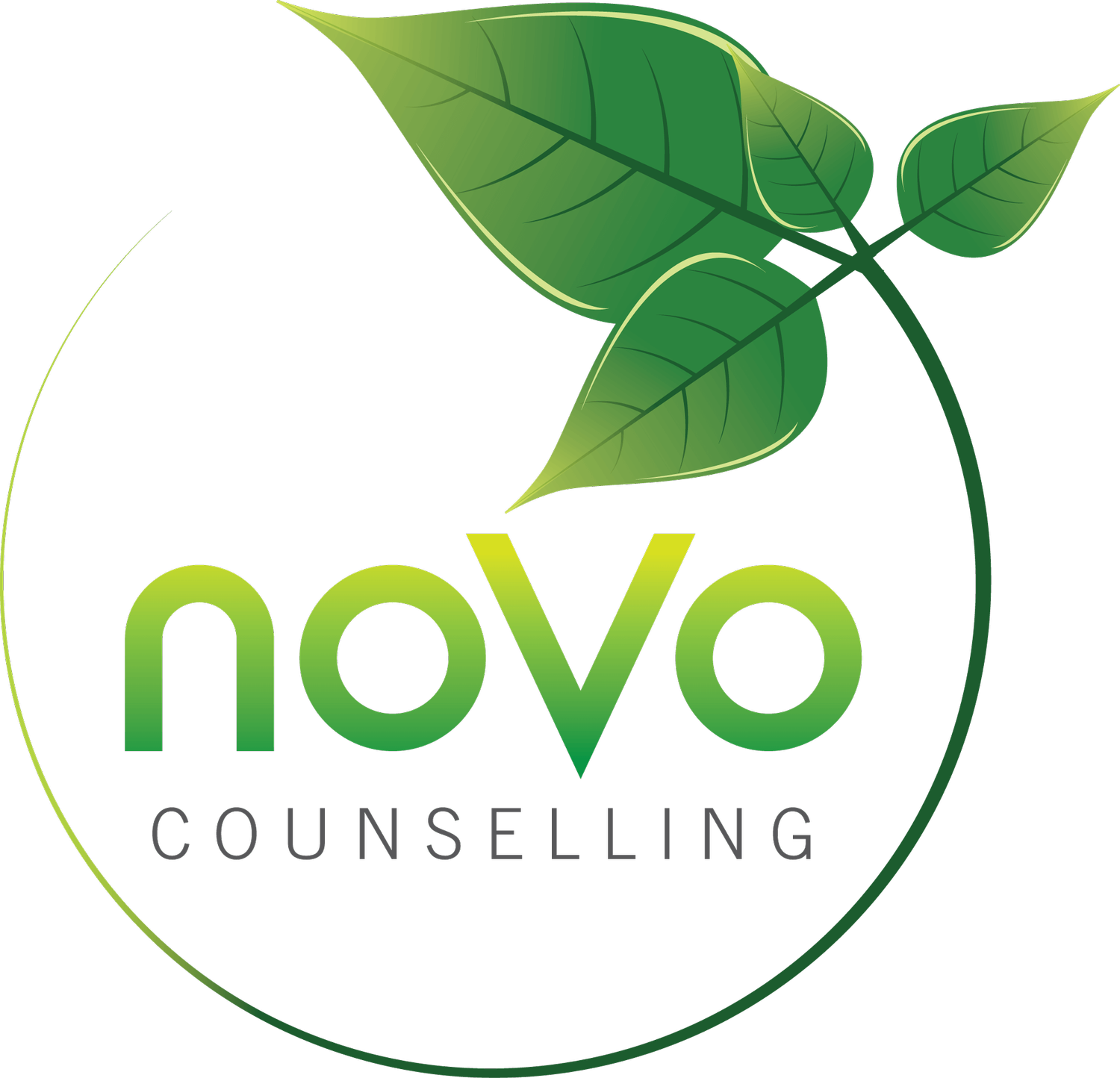Navigating your way back: Part One
Nervous System Dysregulation
Recently I shared a piece on the reality that so many are living post-pandemic. Nervous system dysregulation. It’s not new. People everywhere experience this in its many different forms everyday. For endless different reasons. And have done so since the beginning of time.
I am very passionate about journeying with people to build an understanding and personal knowledge of what that looks like for them. What it means for them. How they got there. How to navigate their own personal nervous system reality. And how to find their way (back) to a place of increased nervous system regulation, where flexible movement through the nervous system states is possible once again.
Influences on Nervous System Dysregulation
There are so many variables to consider, from the length and duration of the stress or trauma; the nature of the trauma; how it was inflicted; if there was someone who perpetuated it; who was around to journey through the post-traumatic event; whether professional support was received or not; whether there was acknowledgement and validation of the trauma felt etc etc.
There are many different therapy options in our modern world that offer significant support in navigating trauma in its different presentations. I am not an expert in all of these, but as a therapist I have made it a focus to get to know and understand some of these options so that I am able to offer my trauma affected clients other more focused ways of working through some of the very complex issues that will sometimes present themselves for trauma affected individuals. I’m not going to go into any of those here right now, but what I would like to do is begin with an understanding of trauma and introduce some ideas about how to begin working on this yourself.
Understanding Trauma
Dr Bessel van der Kolk is a world-leading psychiatrist who has conducted extensive research for over 40 years on the impacts of trauma on people in many and varied circumstances. In his book ‘The Body Keeps the Score’ he speaks about how a person’s brain goes through a ‘rearranging’ once they’ve experienced chronic stress or significant trauma.
“‘What we found is that when people remember their trauma, their frontal lobe basically went offline, the speech centre of their brains disappeared, and the survival part of the brain lit up,’ he says. ‘What we saw on the brain scans…is that people lose touch with their current environment and go into survival mode’.”
According to Van der Kolk, the function of the brain is to take care of the body, so when people are traumatised and feel scared, threatened or enraged, all of these things are experienced at a bodily level.
Understanding this is foundational to navigating the impacts of trauma in the lives of ourselves and others. One of the keys that Van der Kolk speaks about is the need for us to directly train our arousal system by the way we breathe, chant, move, and interact with others. Self-awareness must be at the very core of this process, in order to develop the capacity to regulate our emotions and cope with stressful situations (with ourselves and others).
Self-awareness
I believe that self-awareness is at the core of any and all personal change and growth. Van der Kolk also highlighted just how imperative it is for the trauma affected to become familiar with and befriend the sensations they experience in their body (ie their nervous system). In order to effect change, people need to become aware of their sensations and the way that their bodies interact with the world around them. Observing and acknowledging the way that our body responds to certain triggering stimuli is a first step toward finding release from the trauma of the past.
There is so much variation in the degree of trauma that people experience and I could never cover that breadth adequately in a post like this. My aim here is to give individuals who are in a place where they are ready and able, to gain a sense of agency over their nervous system experiences in a way that allows them to apply certain strategies and exercises alongside of their already existing supports as they navigate their trauma recovery journey.
It all begins with growing your personal levels of self-awareness, while familiarising yourself with and befriending your nervous system. This is likely something that individuals find they will need guidance and support with. If this is you, or someone you know please reach out to a trauma-informed therapist near you.
Next…
We have only just touched the tip of the iceberg. So the next instalment will follow soon with further strategies for navigating your way back to a nervous system with greater levels of regulation.
With you on the journey,
Glenda x


